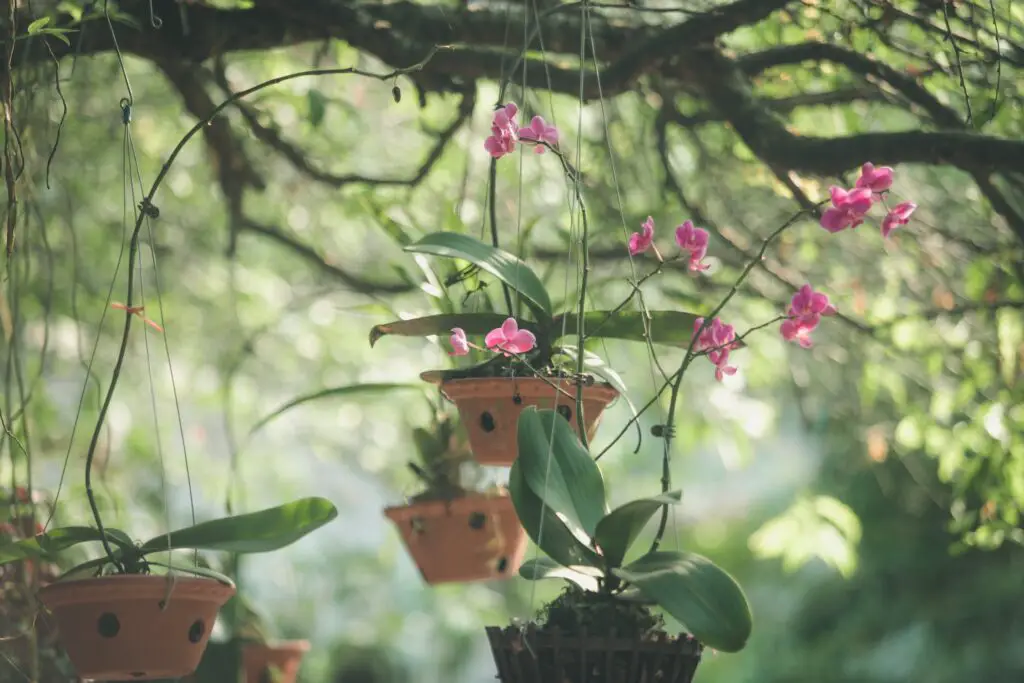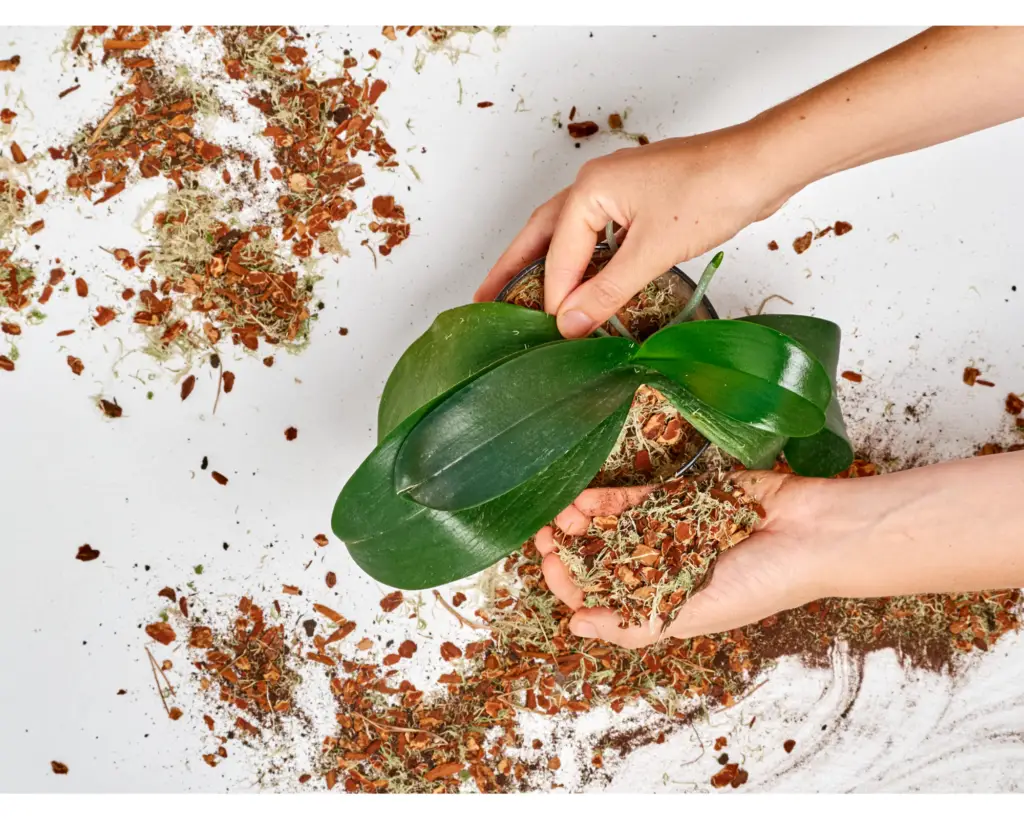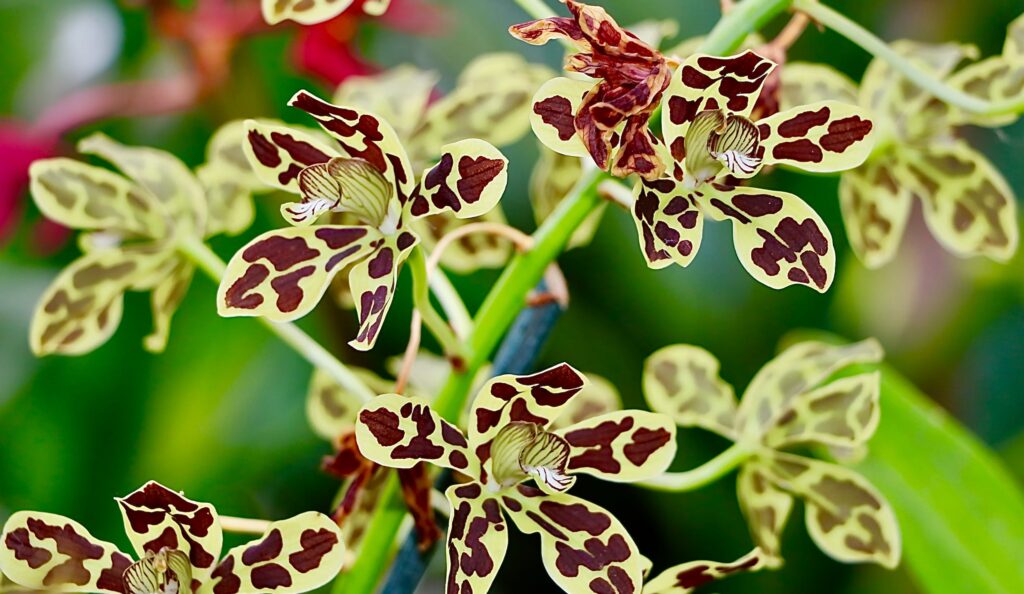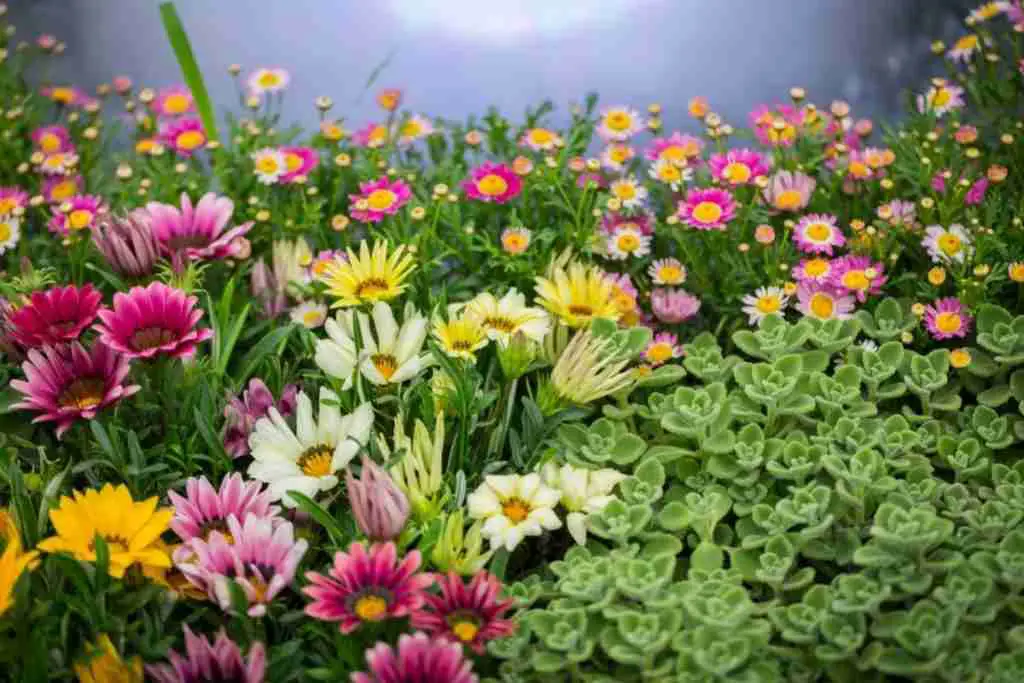Sun orchids (Thelymitra) are a species of orchid that is native to Australia and New Zealand. As its name suggests, it has a sun-like appearance. The flowers typically bloom in the spring and summer, and the yellow colour provides a bright and cheerful contrast to the surrounding vegetation. Sun orchids are hardy plants and are well-suited to cultivation in gardens and other outdoor spaces. It can be grown in well-drained soil in a sunny location and does best in areas with moderate temperatures. In addition to its attractive flowers, sun orchids are also prized for its attractive leaves, which are typically long, narrow, and green in colour.

Table of Contents
How do I maintain the yellow-faced sun orchid?
To maintain sun orchids, you should follow these general guidelines:
- Light: Sun orchids prefer full sun to partial shade, so choose a location that gets plenty of bright, indirect light.
- Water: Water the orchid regularly to keep the soil consistently moist, but not waterlogged. During the summer, it may need to be watered more frequently, while during the winter, it can be watered less often.
- Soil: Sun orchids prefer well-draining soil that is rich in organic matter. You can mix regular potting soil with perlite, sand, or bark to improve the drainage.
- Fertiliser: Fertilise the orchid regularly with a balanced fertiliser, such as a 10-10-10 formula, following the manufacturer’s instructions. It’s best to fertilise during the growing season, which is typically spring to summer.
- Repotting: Repot sun orchids every 2 to 3 years, or when the roots have filled the pot. Choose a pot that is slightly larger than the previous one, and use a well-draining potting mix.
- Pests and Diseases: Keep an eye out for common orchid pests such as scale insects, thrips, and mealybugs, and treat them promptly with an appropriate pesticide. Additionally, be sure to provide good air circulation to prevent fungal diseases.

By following these guidelines, you can help keep your sun orchid healthy and thriving.
Can the yellow-faced sun orchid grow in cooler climates?
Sun orchids are native to Australia and New Zealand, where it grows in temperate to subtropical climates. While it is well-suited to these conditions, it may not be able to tolerate cold temperatures, especially prolonged exposure to frost.
If you live in an area with cold winters, it’s best to grow the sun orchid as a potted plant that can be brought indoors during the winter months. In a greenhouse or indoor environment, the orchid can be maintained in a temperature range of 50 to 80 degrees Fahrenheit (that is approximately 10-26 degrees Celsius).
It’s also possible to grow the sun orchids in cold climates as a summer annual, by planting it outdoors in the spring and bringing it indoors before the first frost. With proper care, it can provide a bright and cheerful display of yellow flowers during the warmer months.

What are the pollinators of the yellow-faced sun orchid?
Sun orchids are typically pollinated by a variety of insects, including bees, flies, wasps, and butterflies. These pollinators are attracted to the bright yellow colour and the sweet fragrance of the flowers, which are produced in large numbers. The orchid’s unique flower shape and arrangement also help to ensure efficient pollination by providing easy access for the pollinators to reach the reproductive structures.
In its native range, sun orchids have evolved to rely on these pollinators to reproduce and produce seeds. By attracting these insects to the flowers, the orchid can ensure the successful transfer of its pollen to other flowers, which is necessary for fertilisation and the production of new plants.
If you are growing sun orchids in your garden, you can help to promote pollination by planting it near other flowering plants that attract pollinators and as a means of natural pest control without using harmful pesticides.
What additional plants can I grow the yellow-sun-faced orchid with?
Sun orchids can be grown with a variety of other plants, depending on the growing conditions in your garden. Here are some suggestions:
- Other orchids: If you’re looking to create an orchid-themed garden, consider planting other species of orchids alongside the yellow-faced sun orchid. Many other species of orchids grow well in similar conditions, including other members of the Thelymitra genus.
- Grasses: For a naturalistic look, you could plant sun orchids among grasses such as carex, festuca, or stipa. These grasses provide an attractive contrast to the bright yellow flowers and can help to create a natural, wildflower-style garden.
- Shrubs and perennials: If you’re looking for a more structured garden, consider planting sun orchids among other shrubs and perennials. For example, you could plant it near shrubs such as native Australian acacias, or perennials such as lavender, rosemary, or salvia.
- Bulbs: If you’re looking to extend the season of interest in your garden, consider planting sun orchids among bulbs such as daffodils, tulips, or crocuses. These bulbs will provide an early burst of colour in the spring, and the yellow-faced sun orchid will continue the display into the summer.



Remember to choose companion plants that have similar growing requirements for sun orchids, such as those that prefer full sun to partial shade and well-drained soil. By planting a variety of complementary plants, you can create a harmonious and visually appealing garden that supports a diverse range of wildlife, including the pollinators that are so important to the sun orchids.
Conclusion
In conclusion, growing sun orchids can be a rewarding and attractive addition to your garden. With its bright flowers and attractive form, this orchid can provide a beautiful display of colour in the garden, especially during the summer months.
To grow the sun orchid successfully, you’ll need to provide it with bright, indirect light and well-drained soil that is rich in organic matter. You’ll also need to water the orchid regularly to keep the soil consistently moist, but not waterlogged. Fertilise the orchid regularly with a balanced fertiliser, and repot it every 2 to 3 years to provide it with fresh soil.
Finally, be sure to keep an eye out for pests and diseases, and provide good air circulation to prevent fungal problems. By following these guidelines, you can help your sun orchids to grow strong and healthy, and enjoy its beautiful flowers for years to come.
